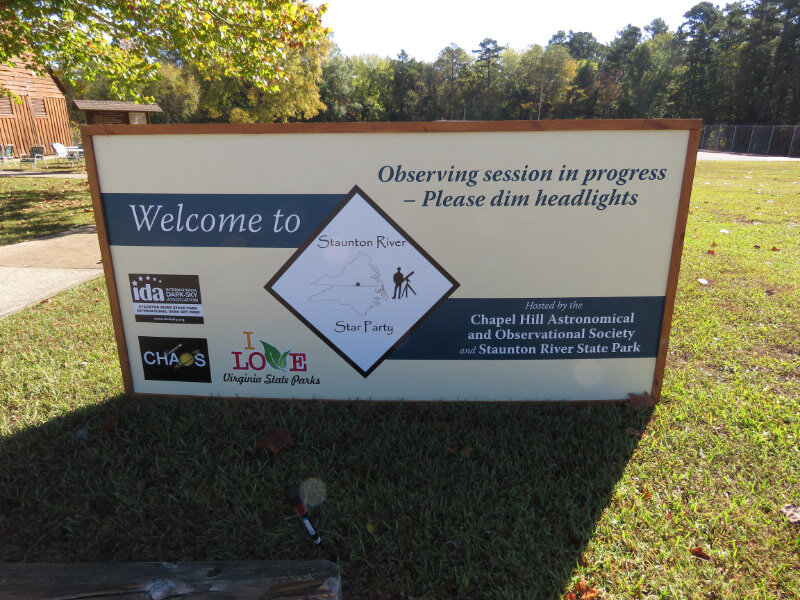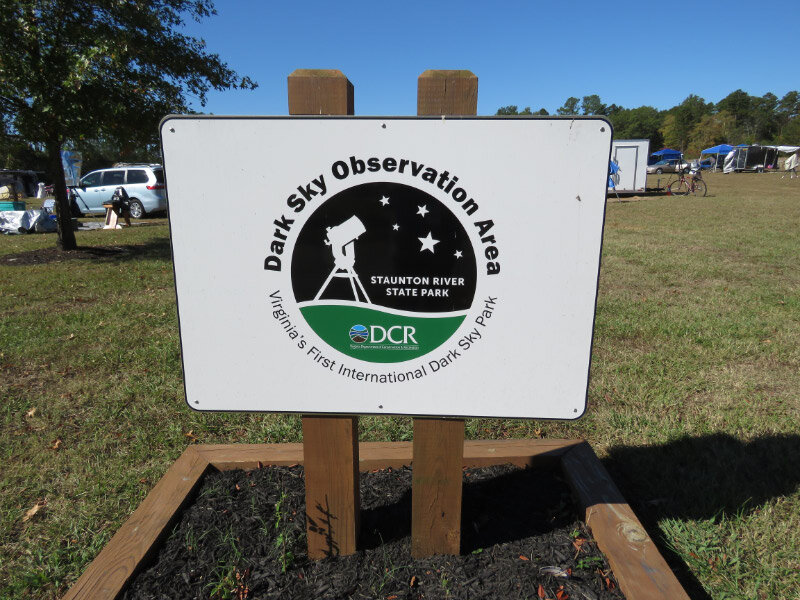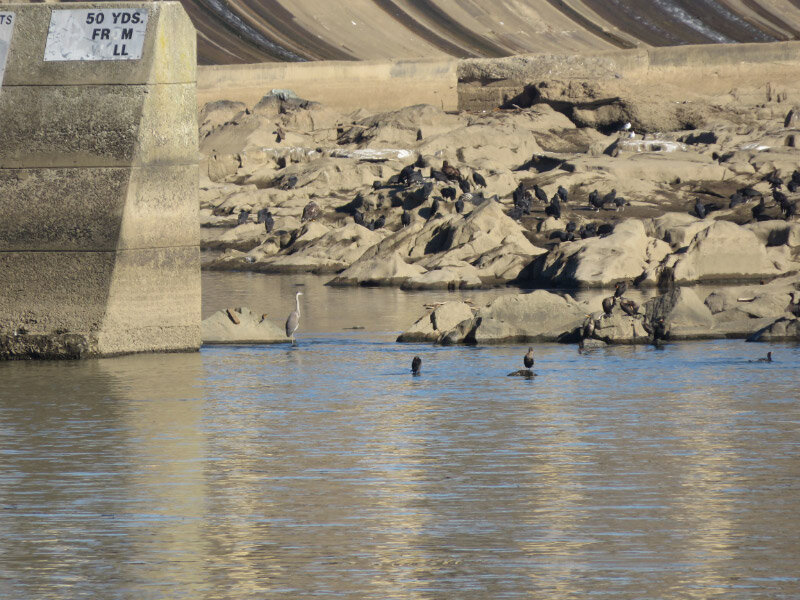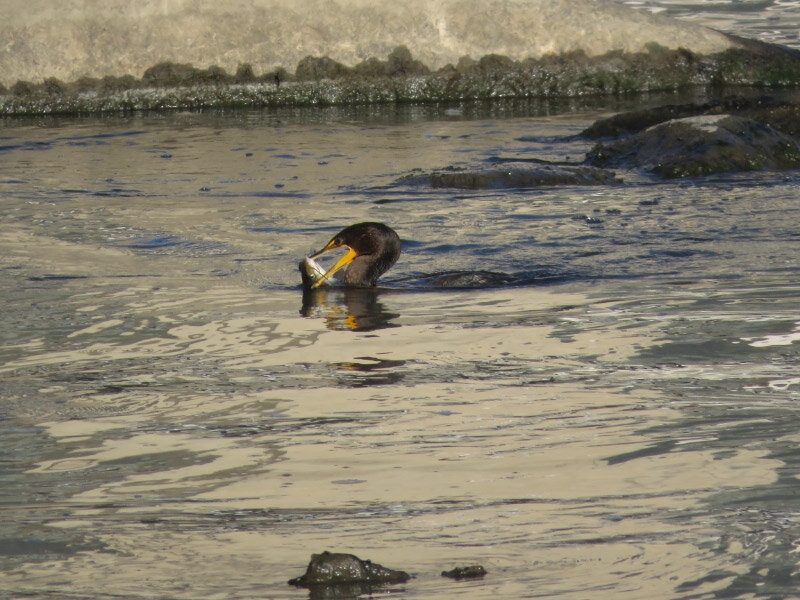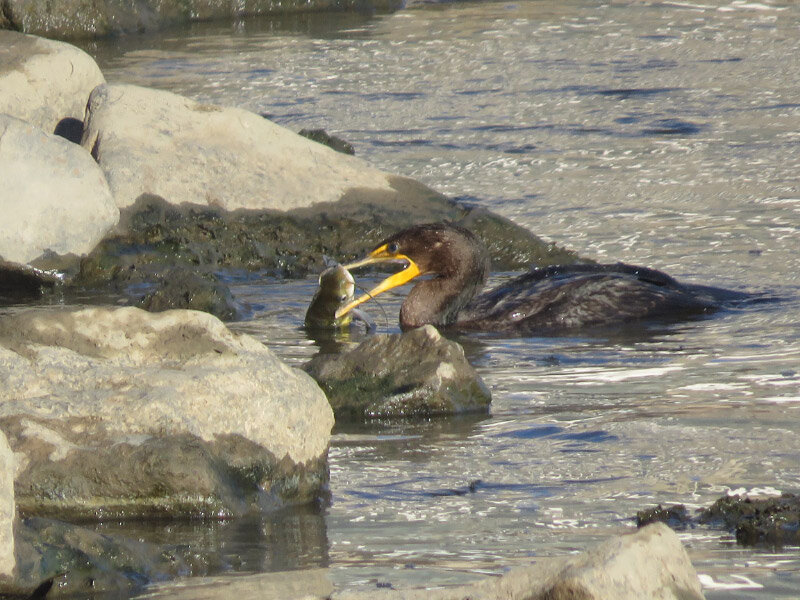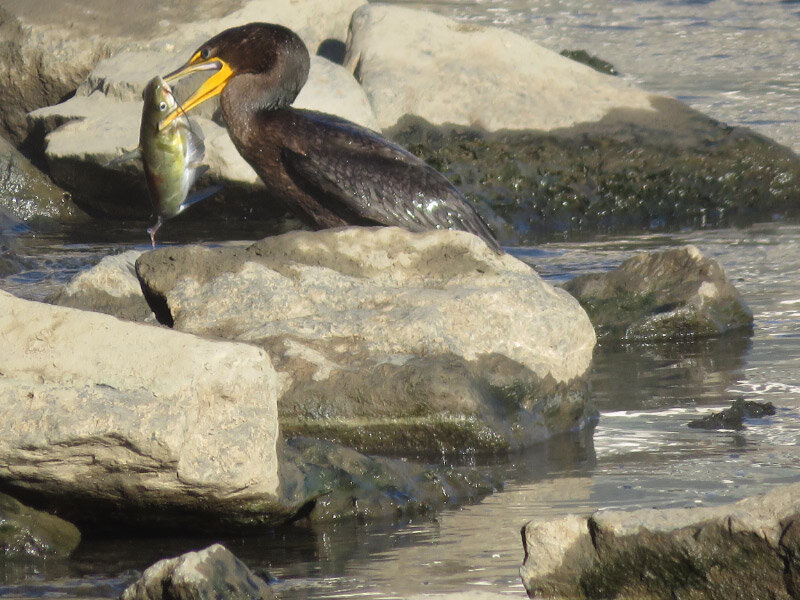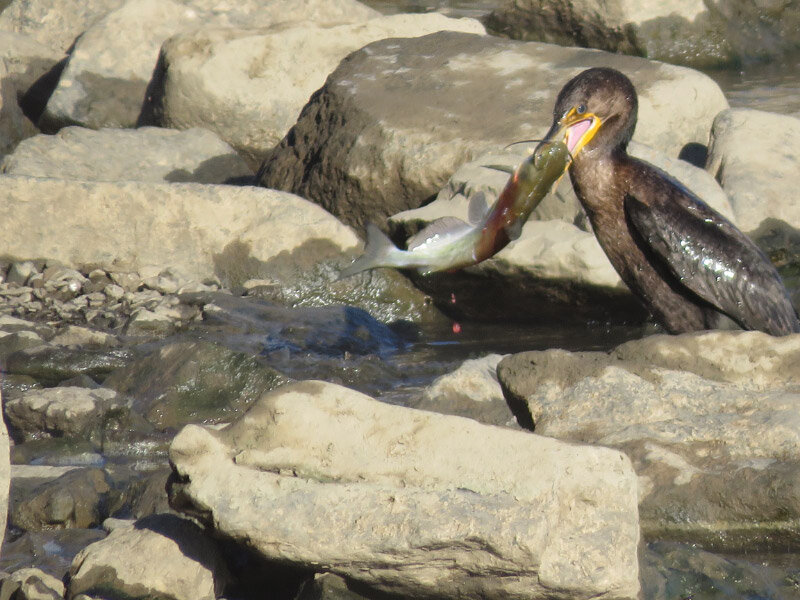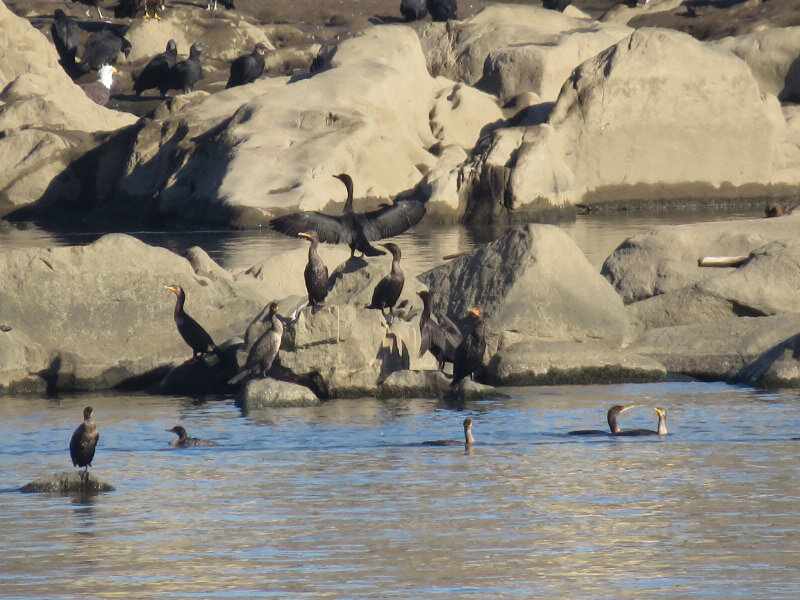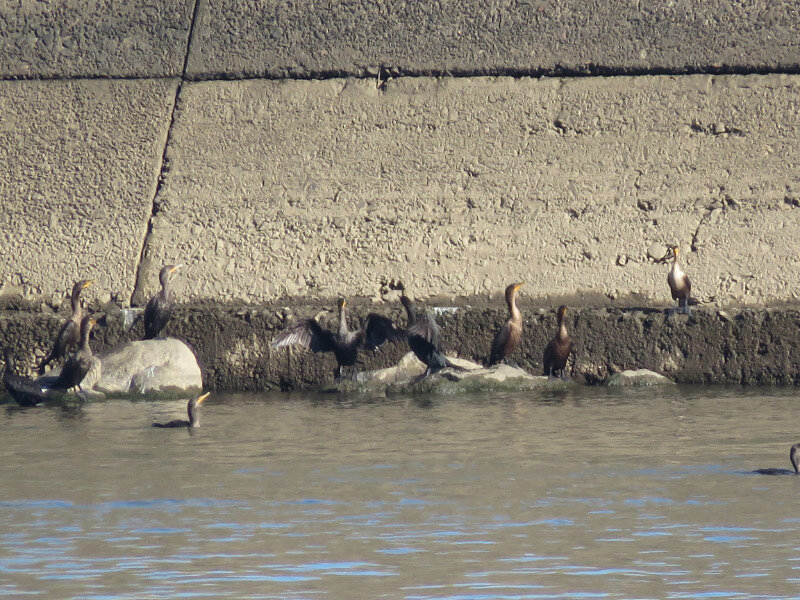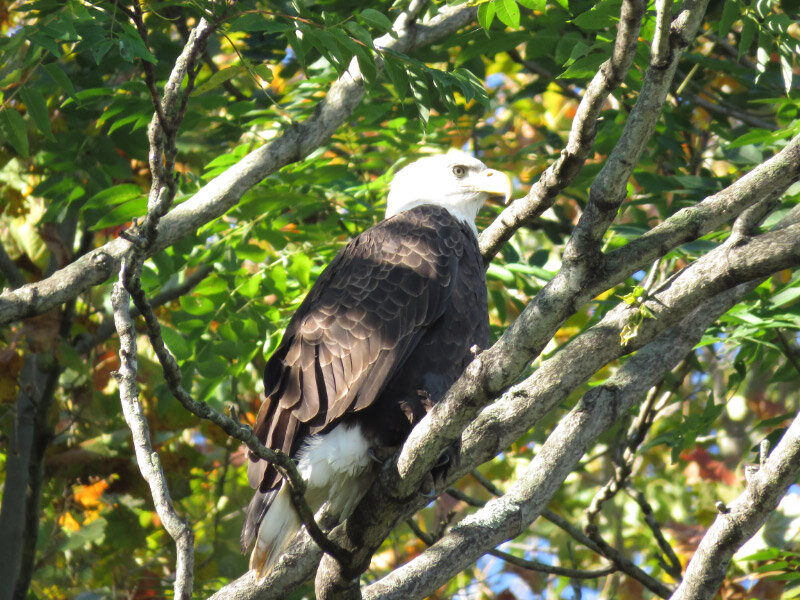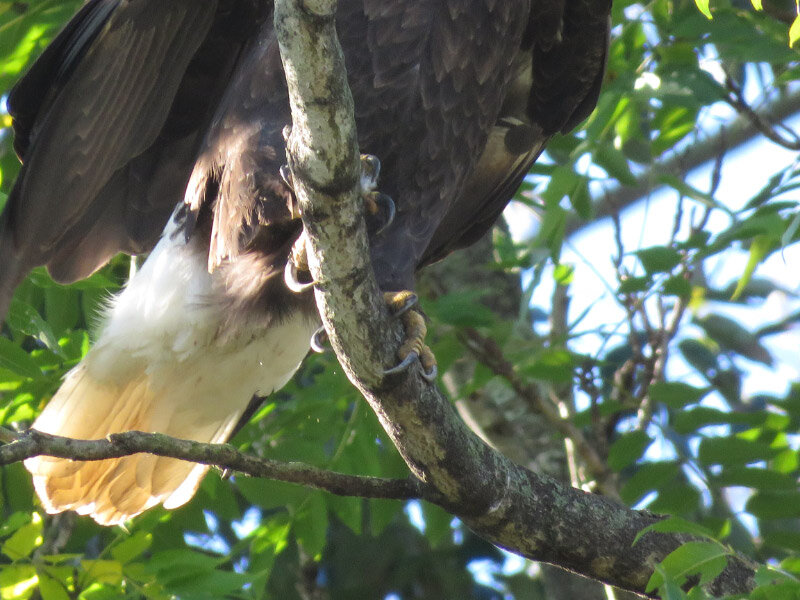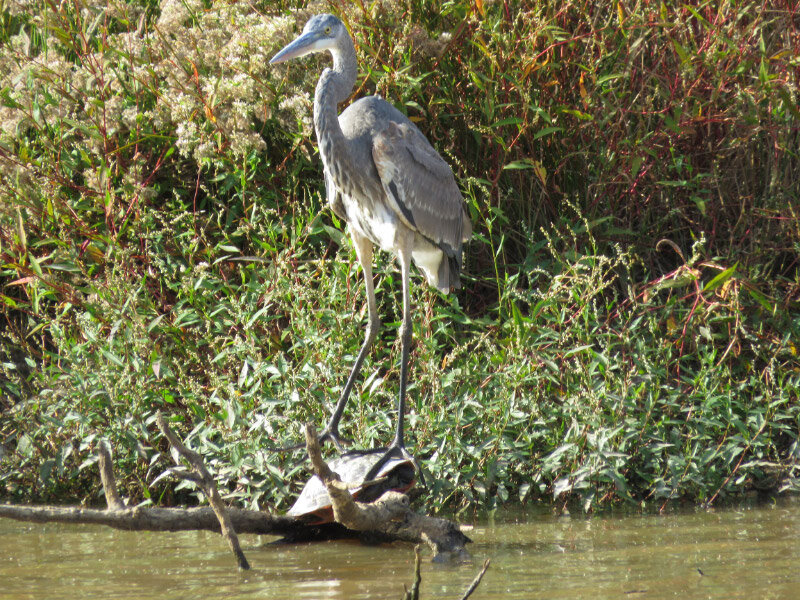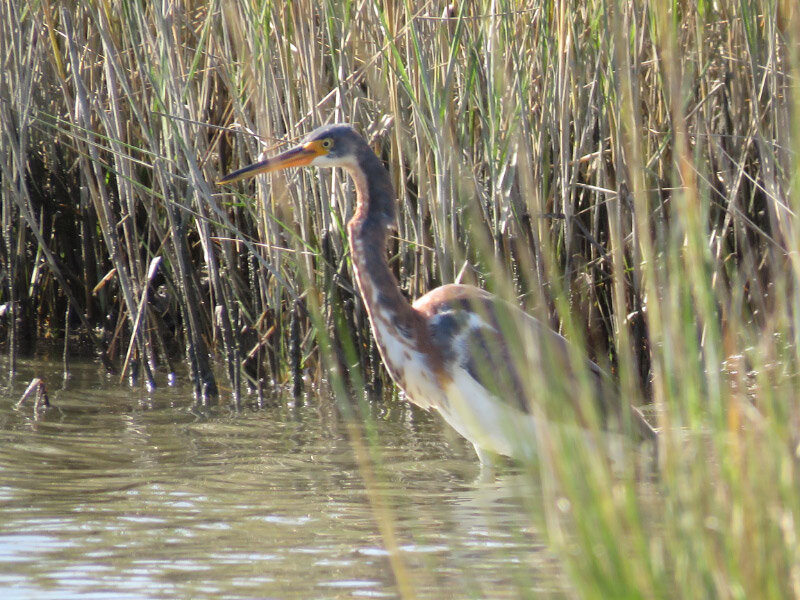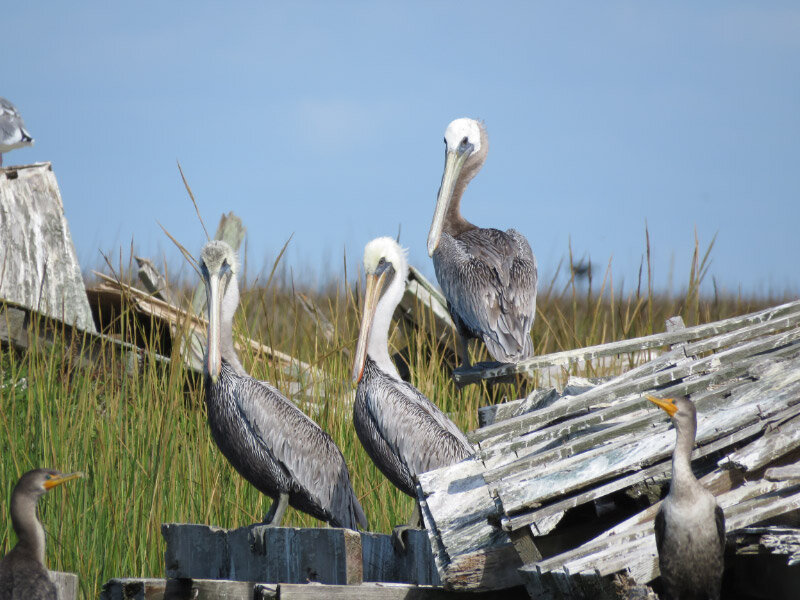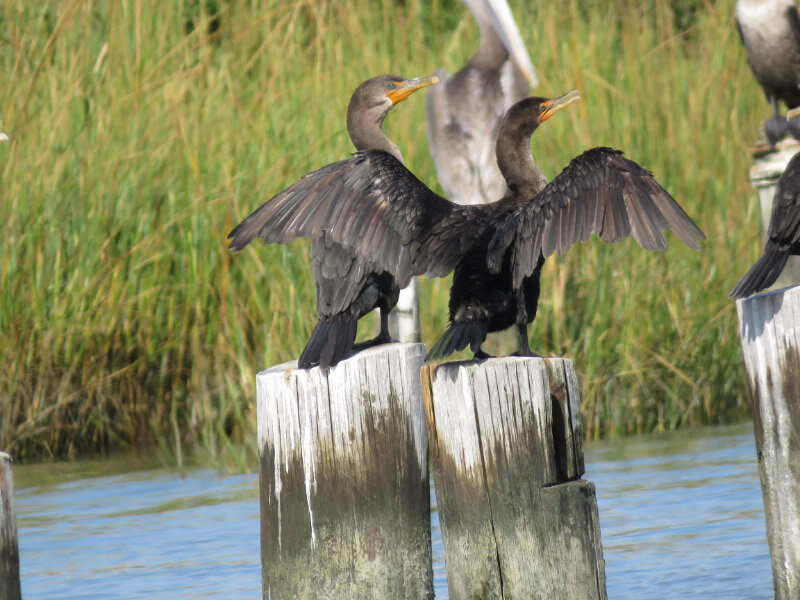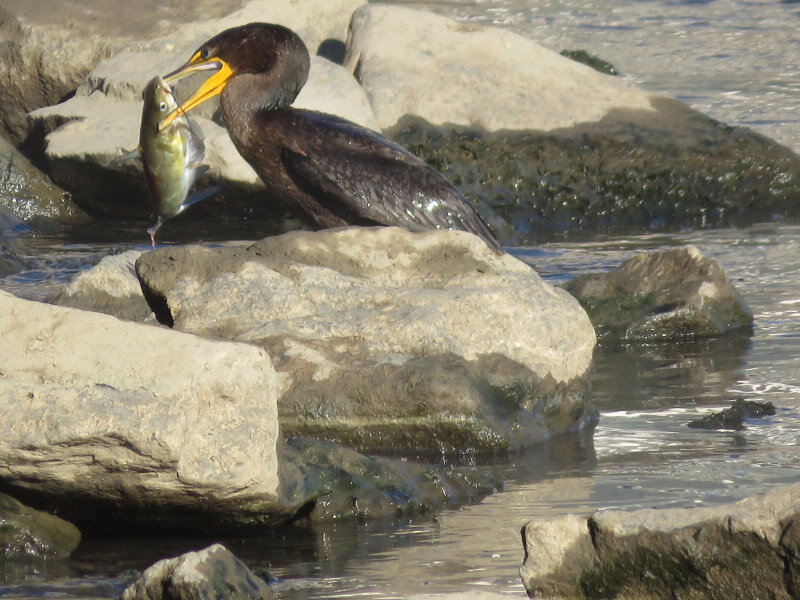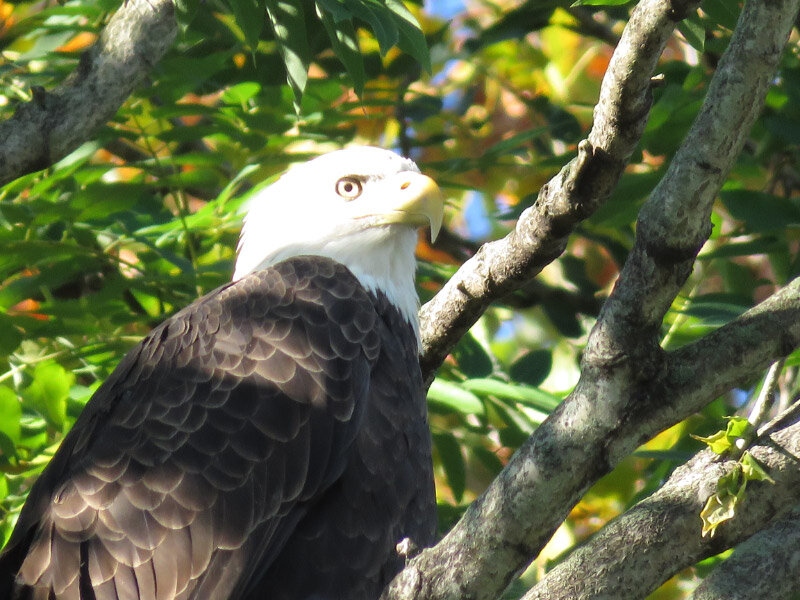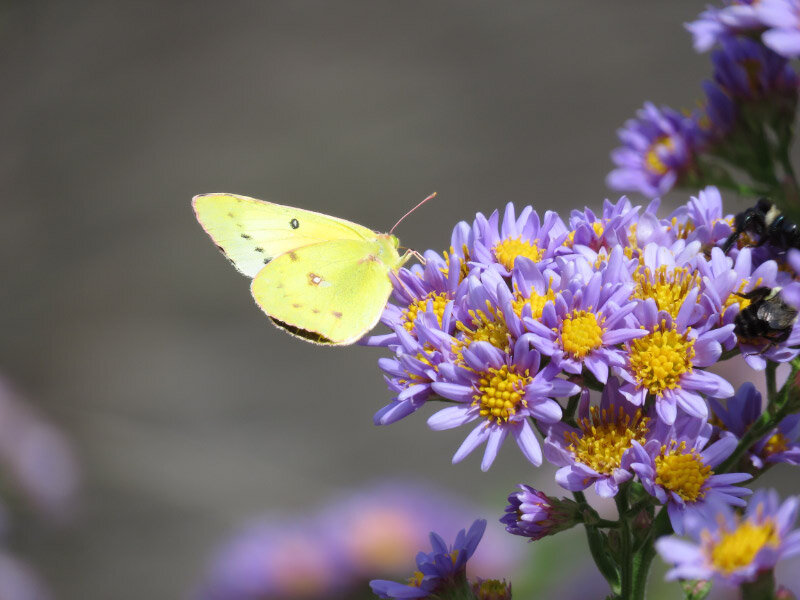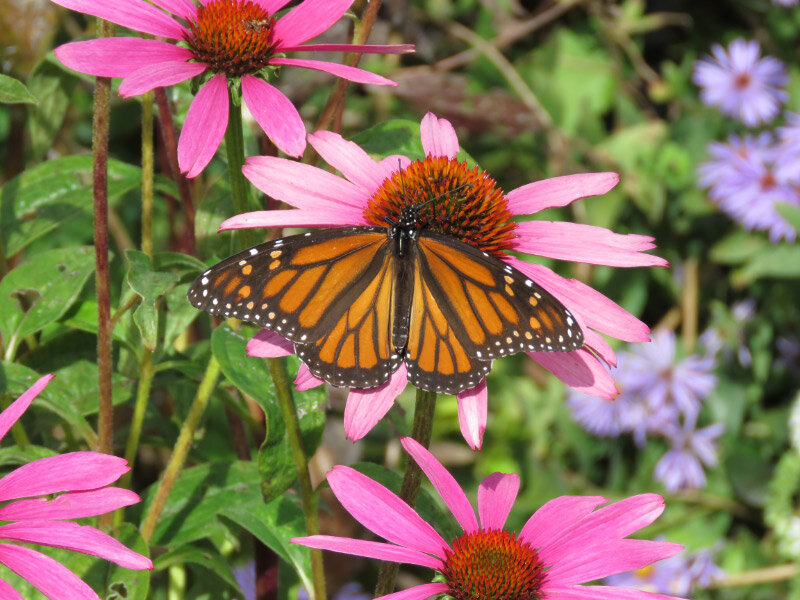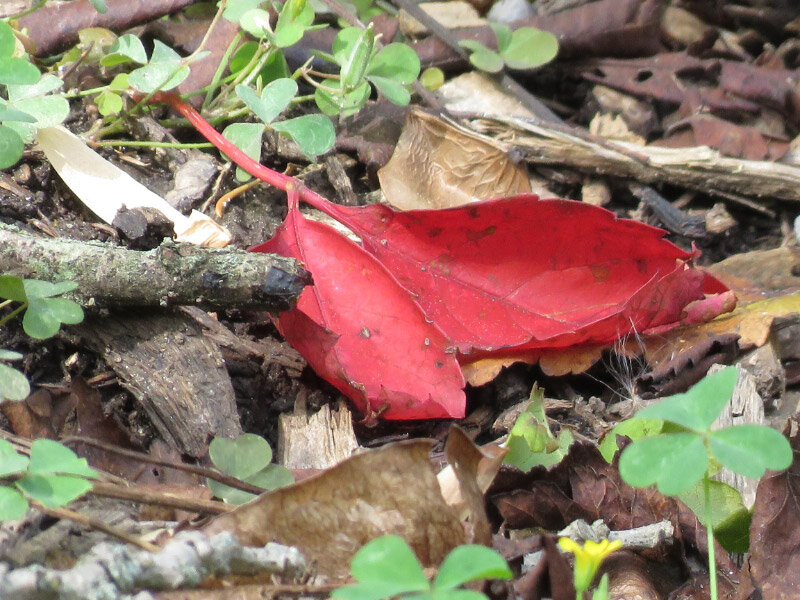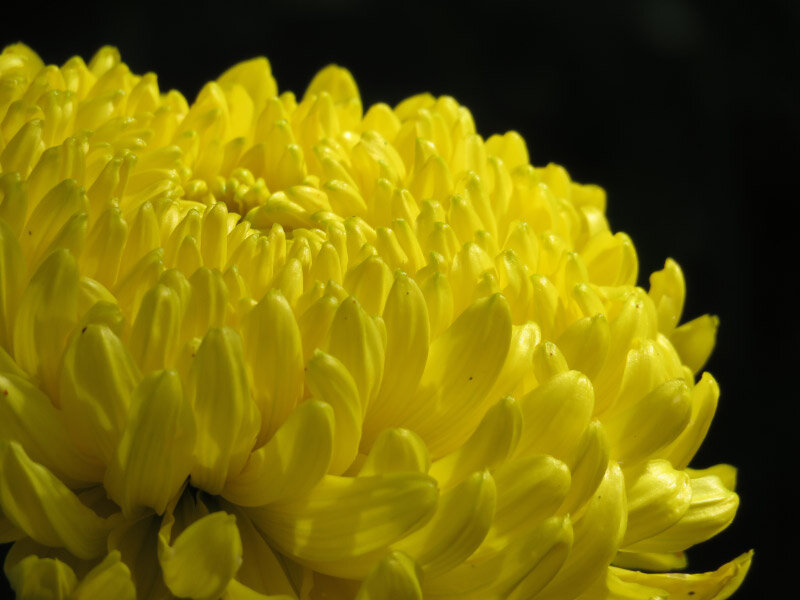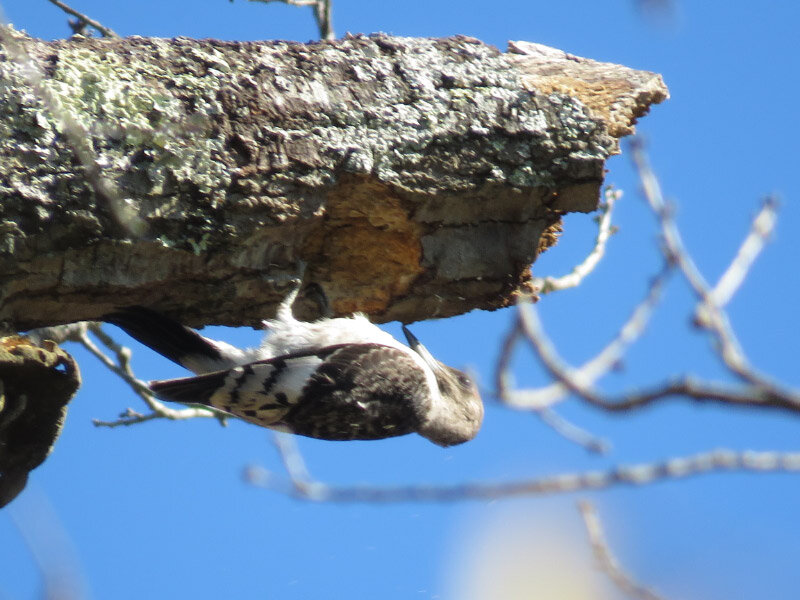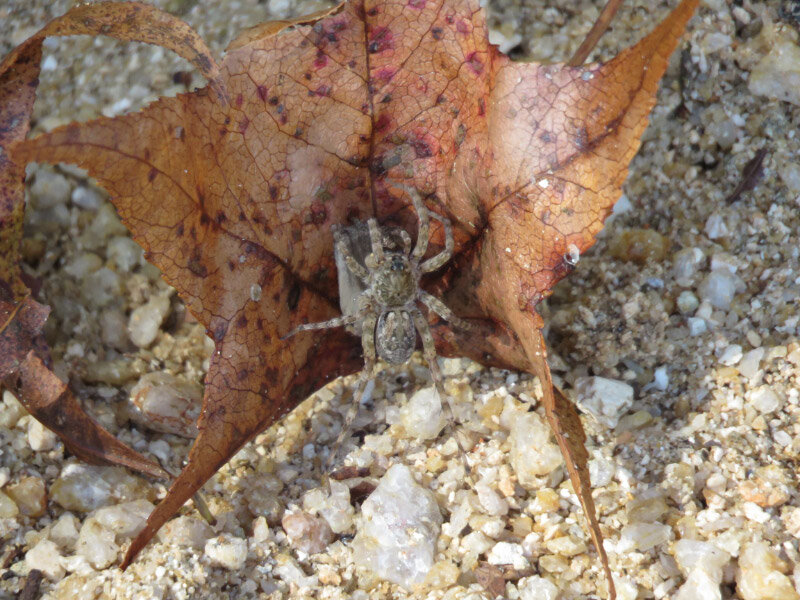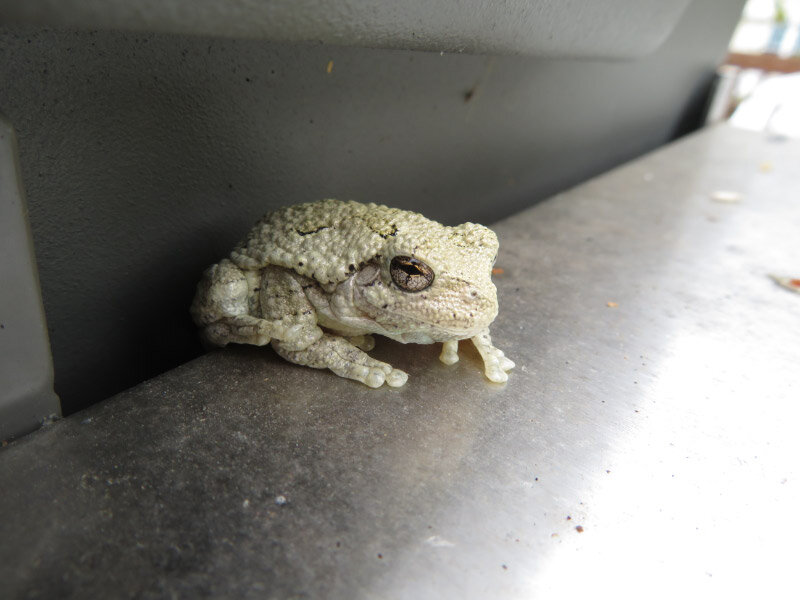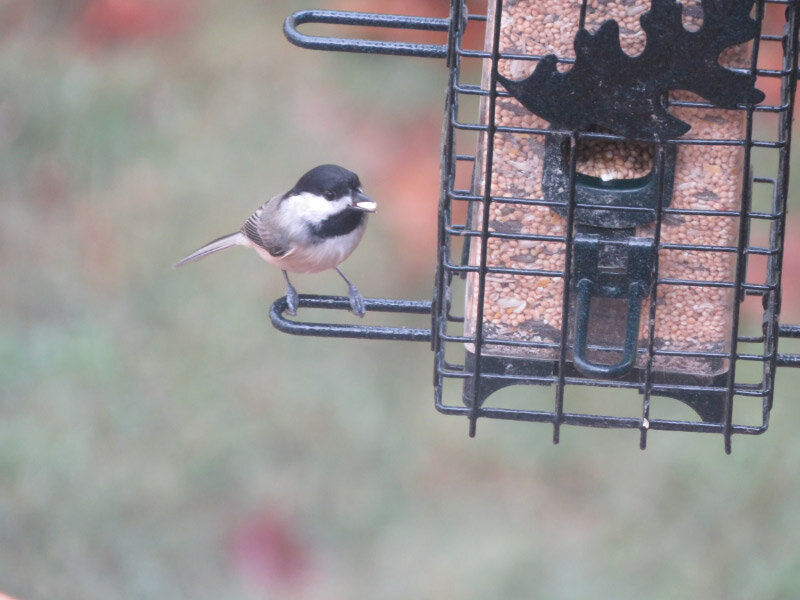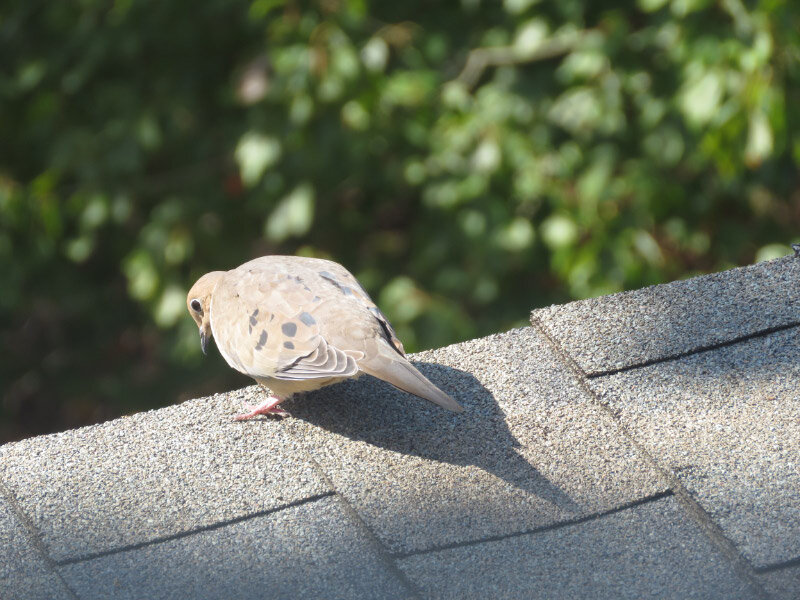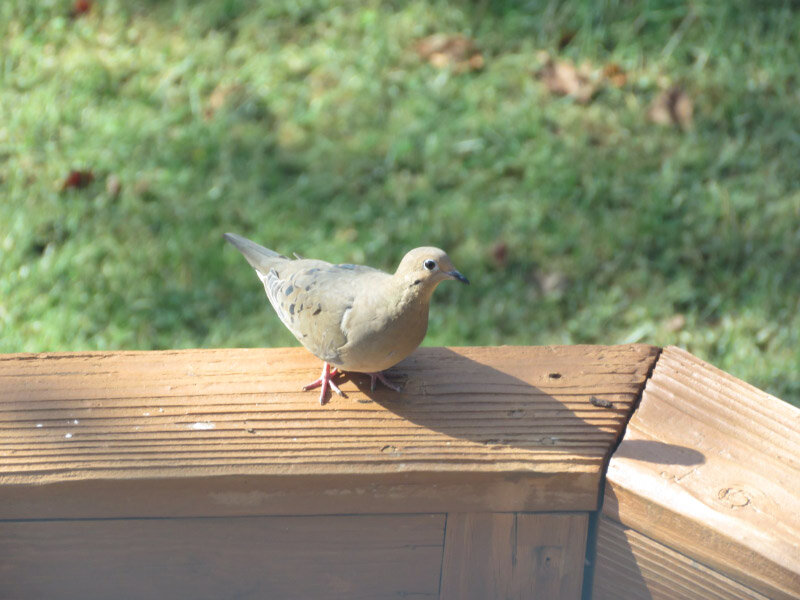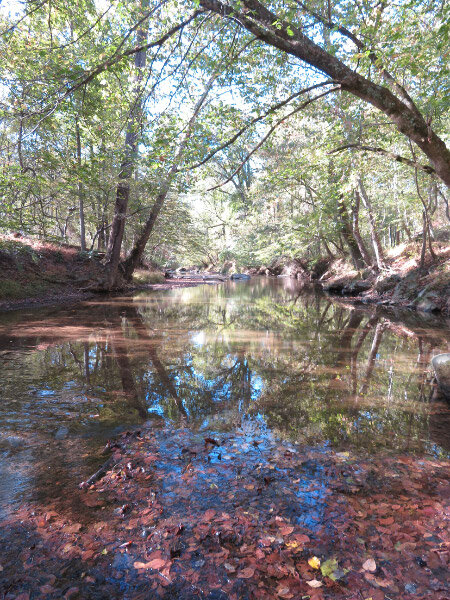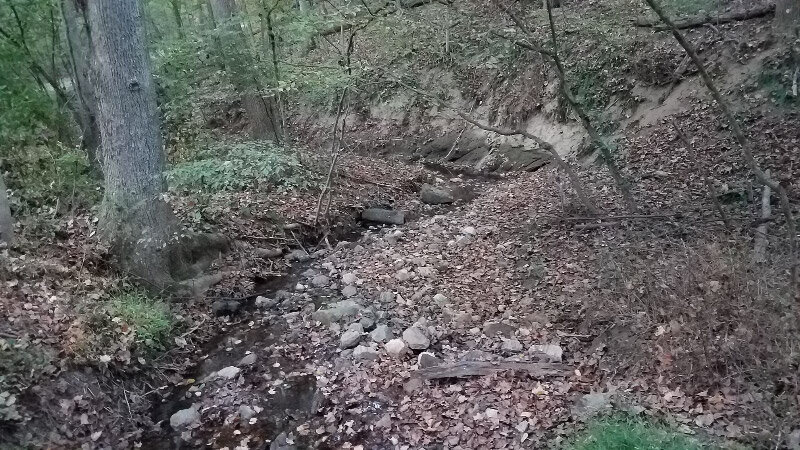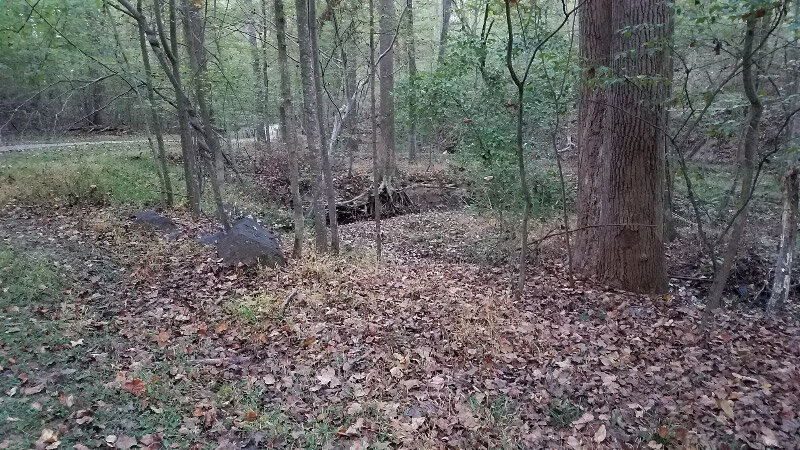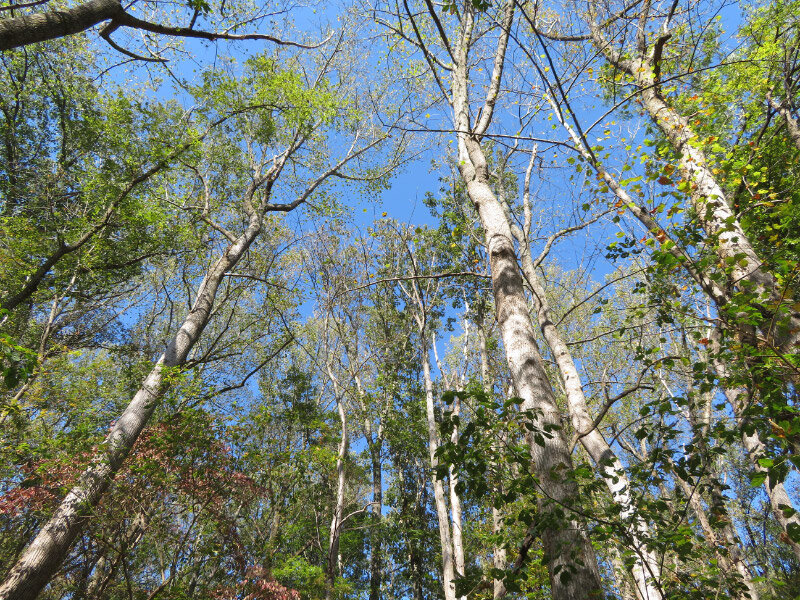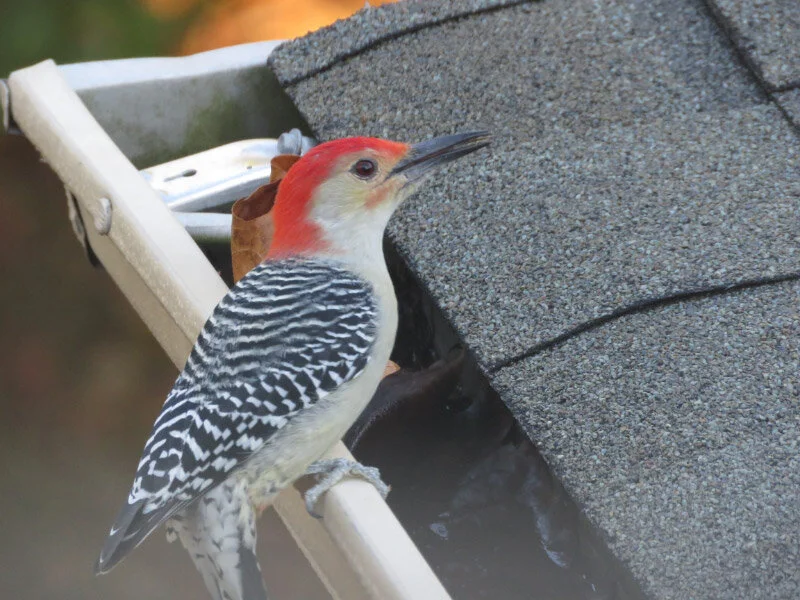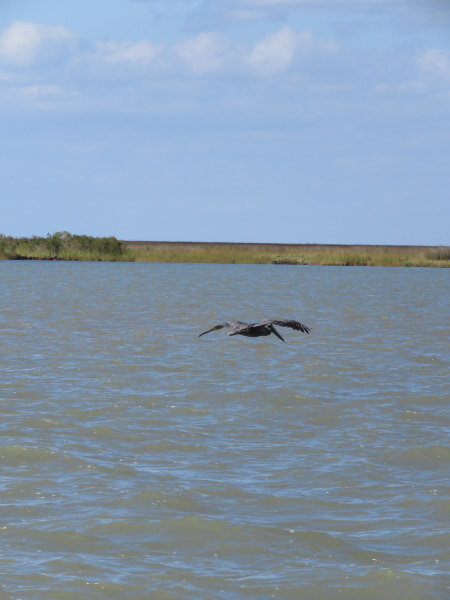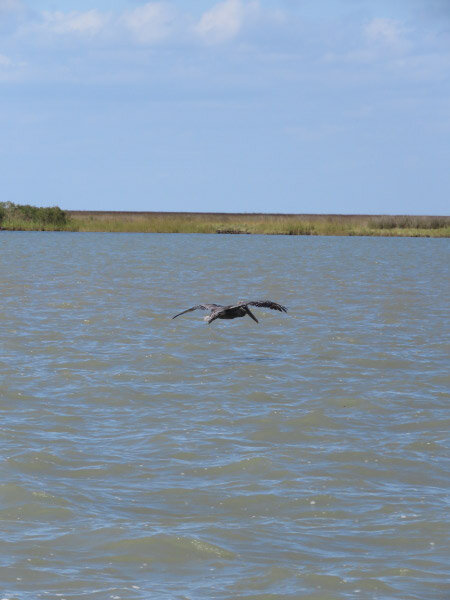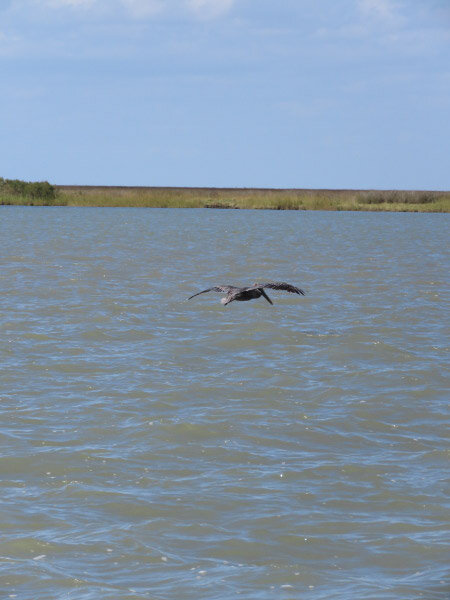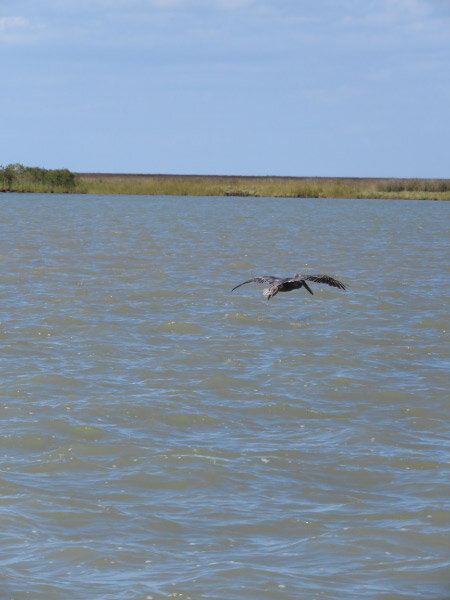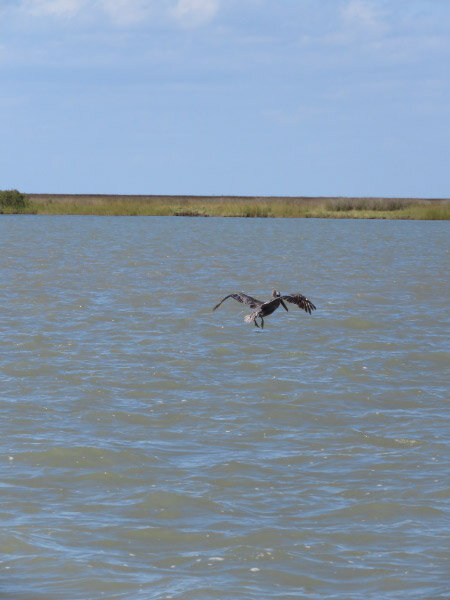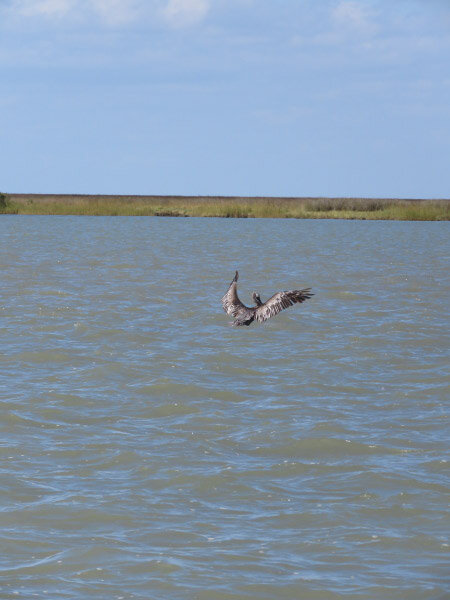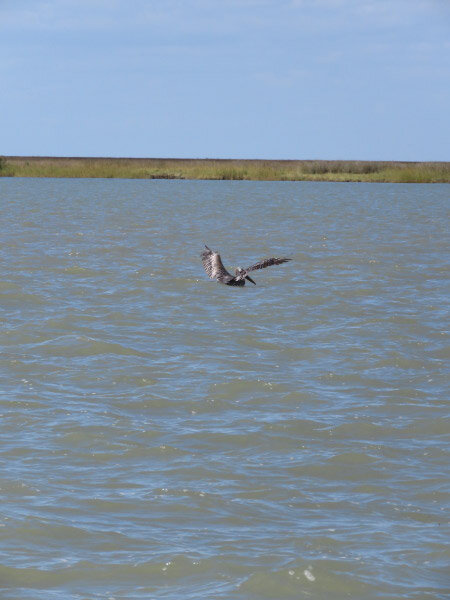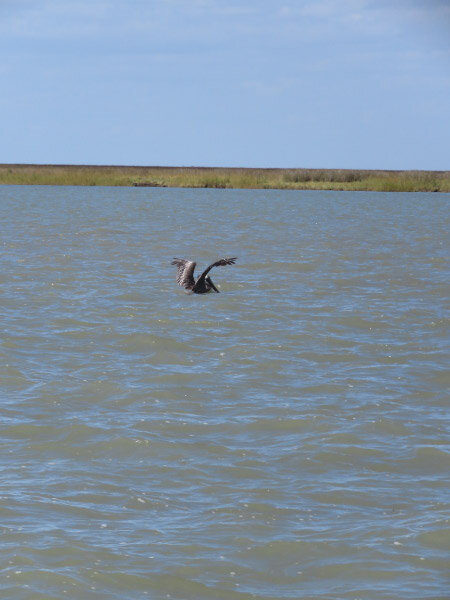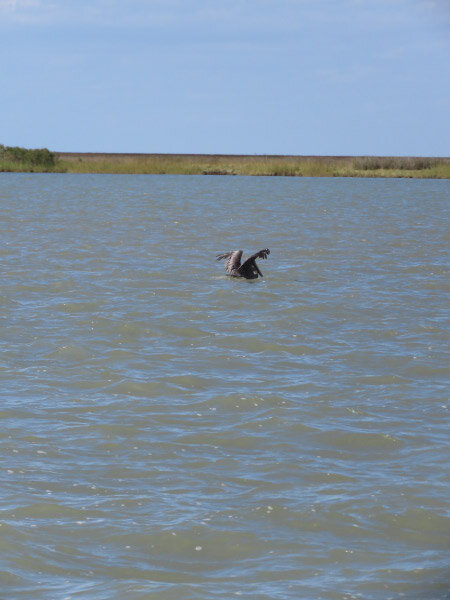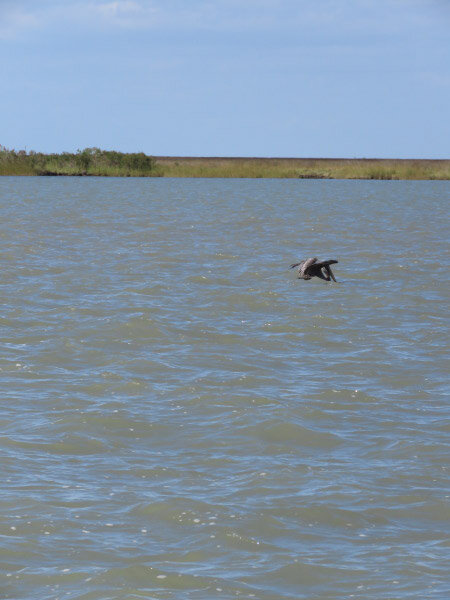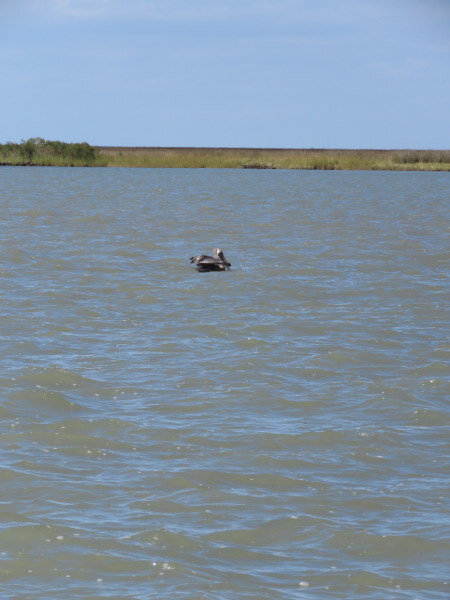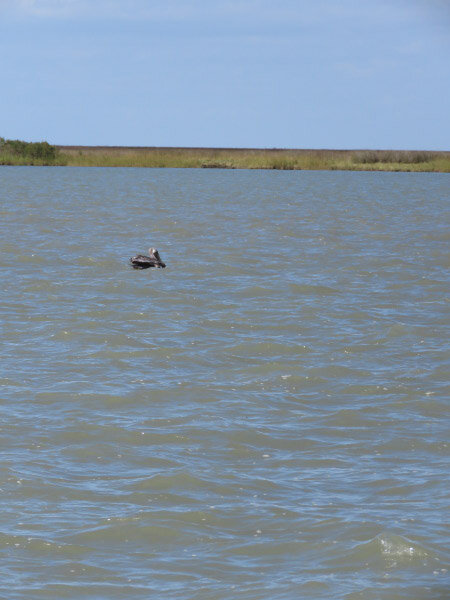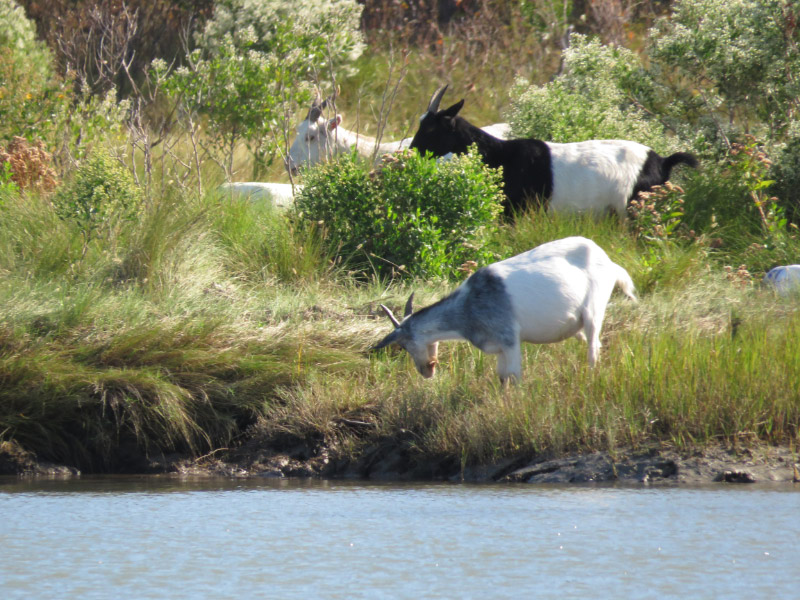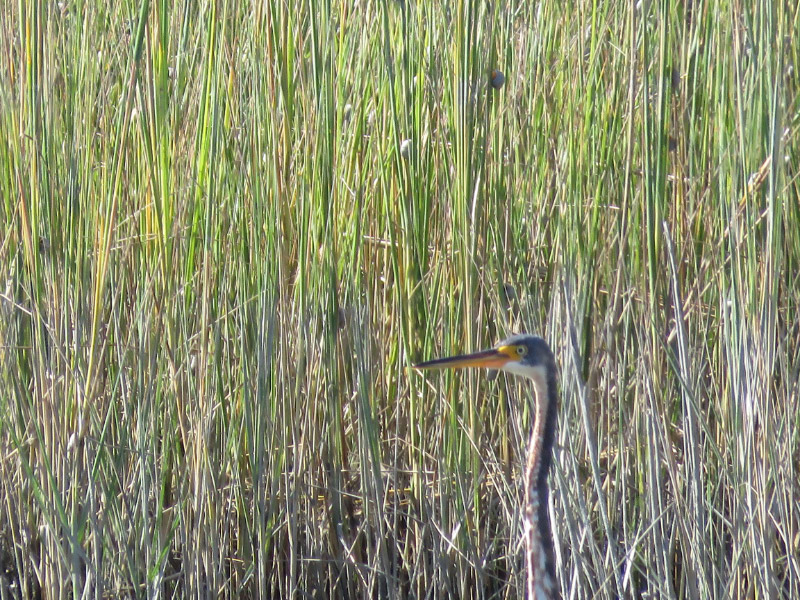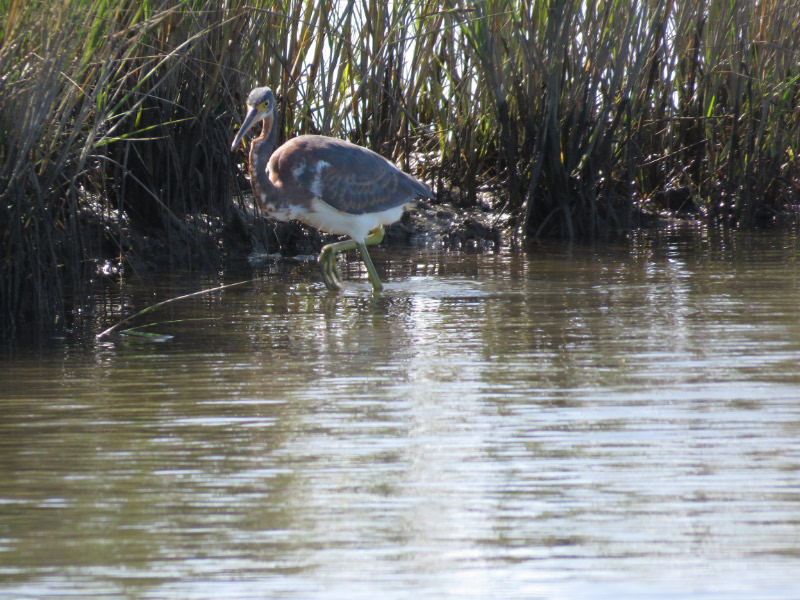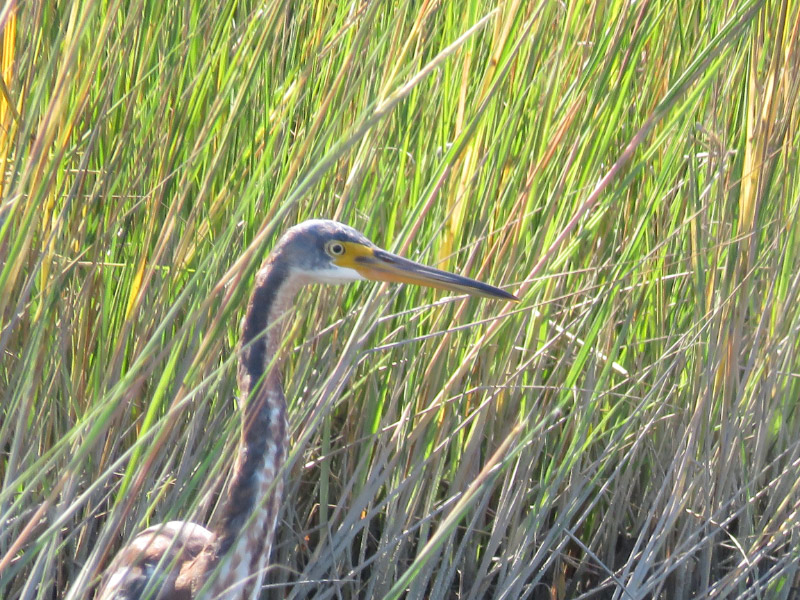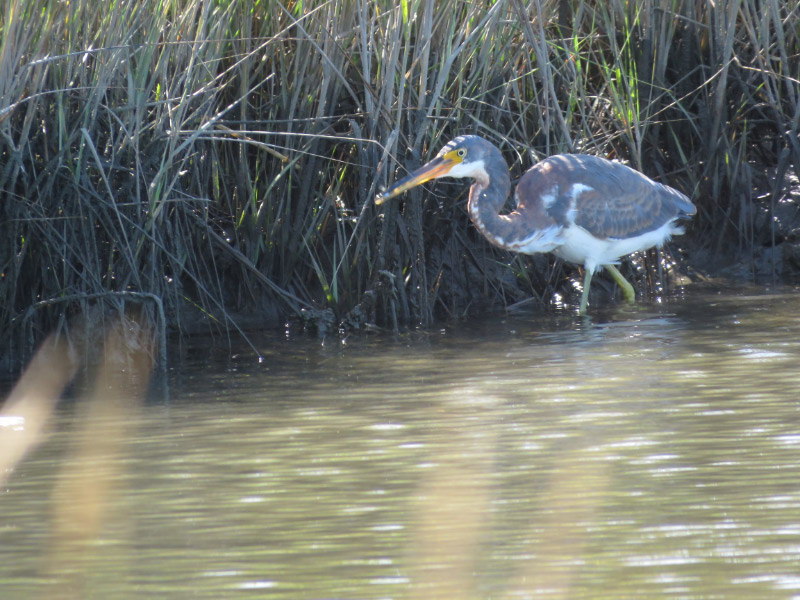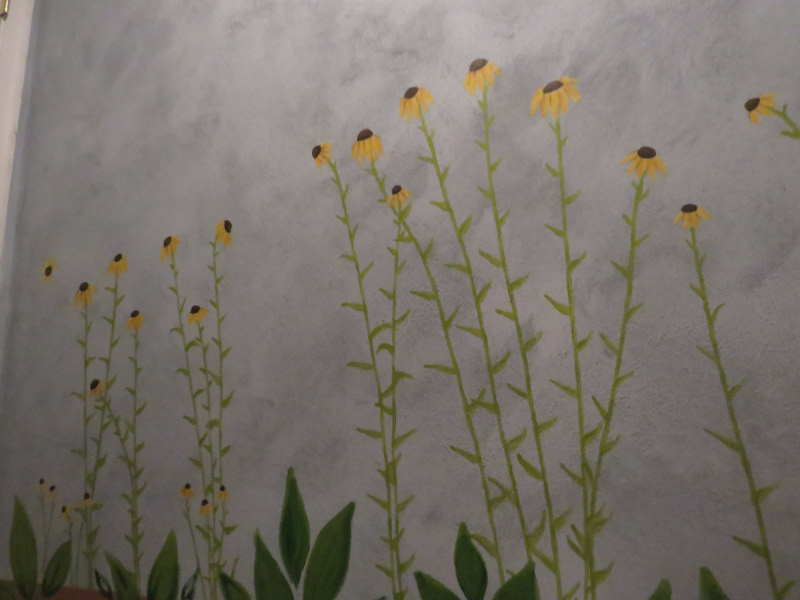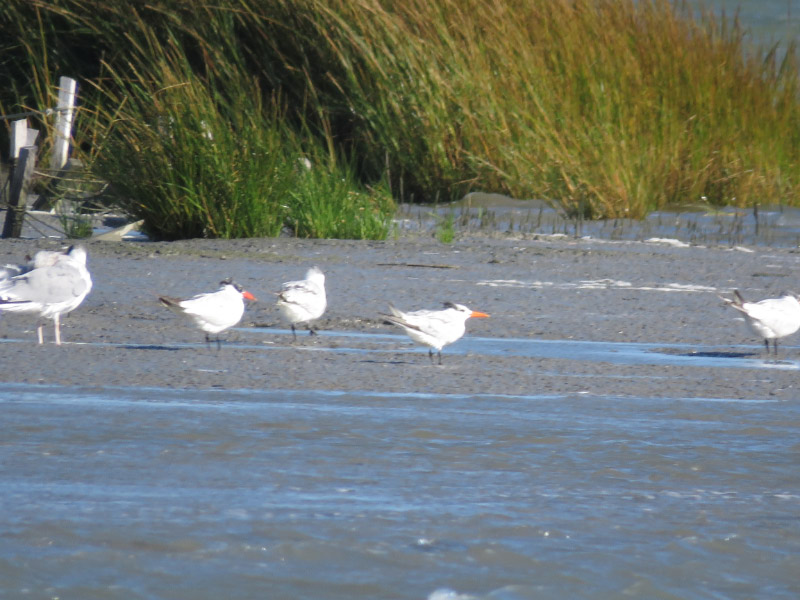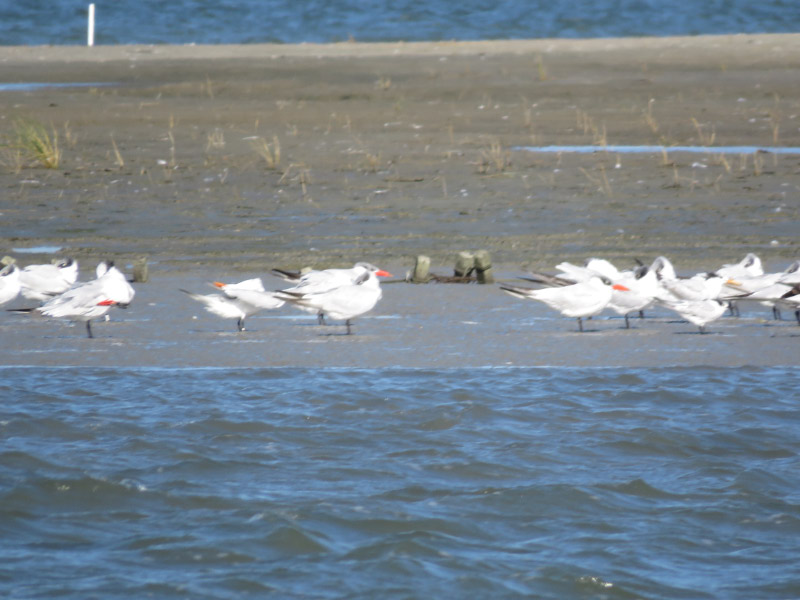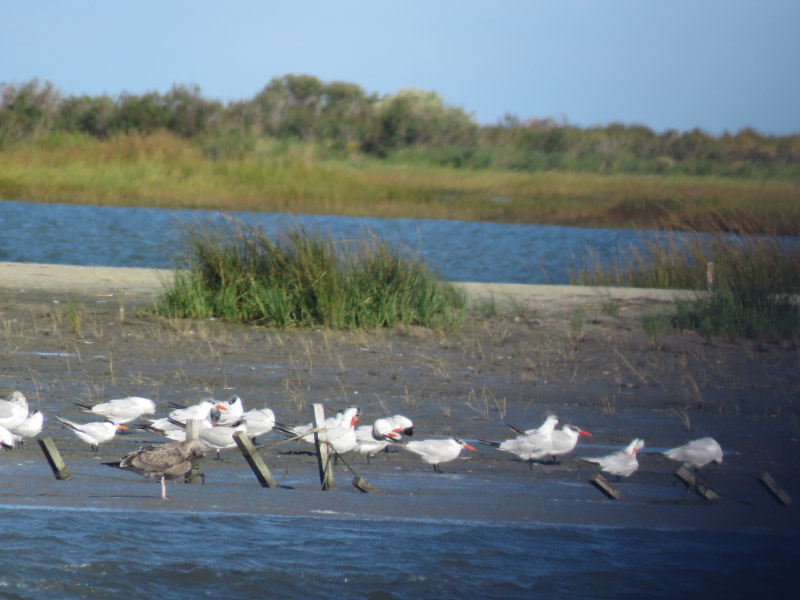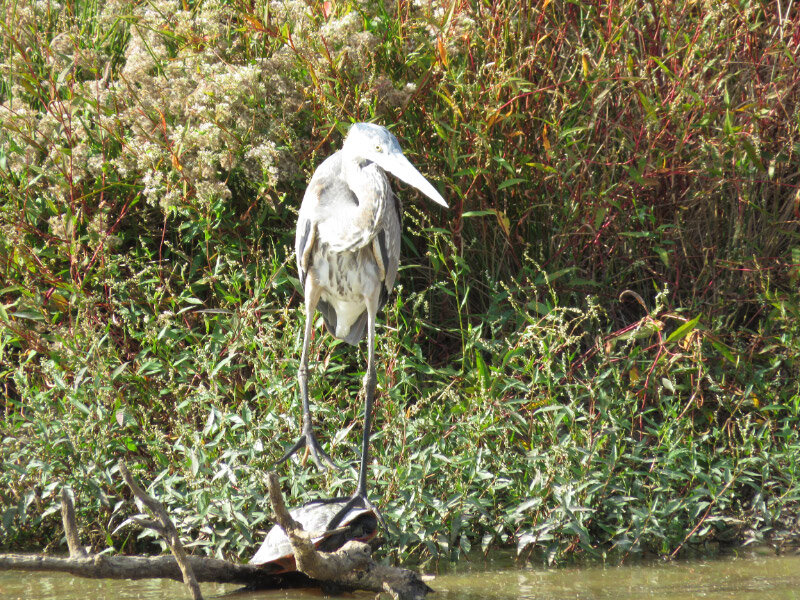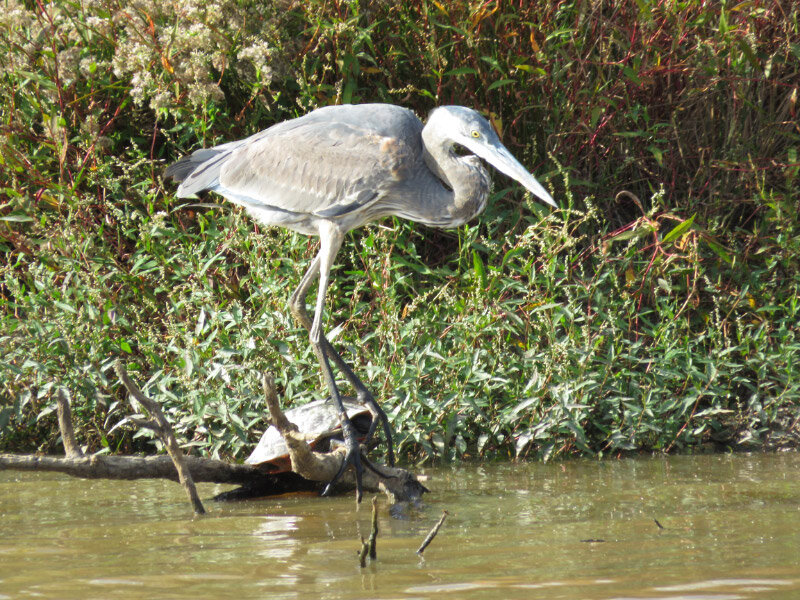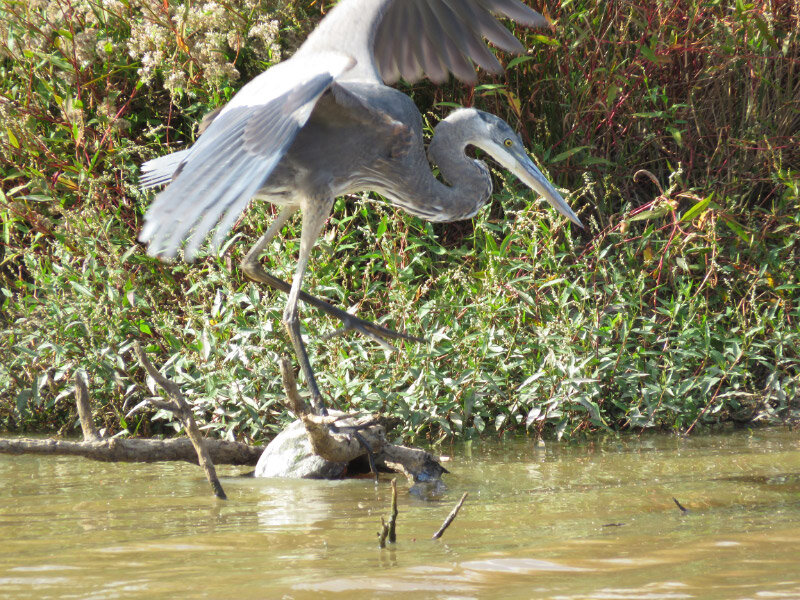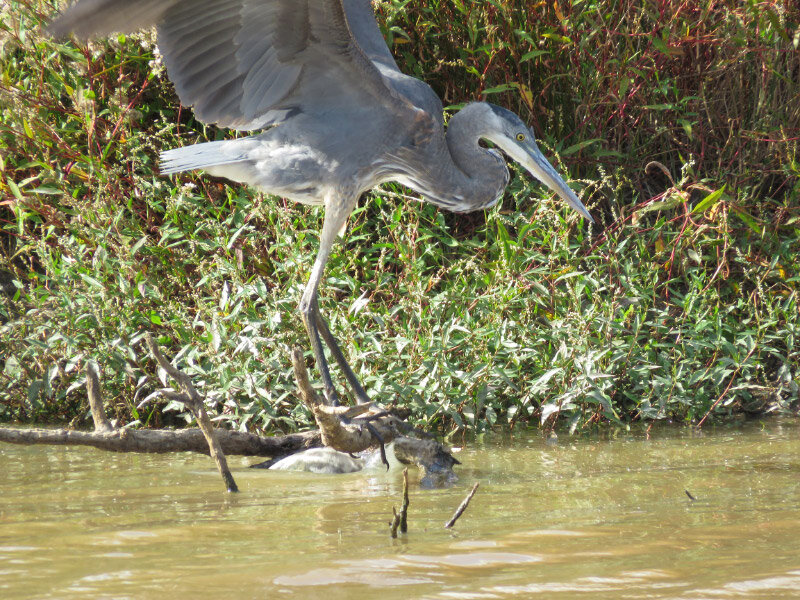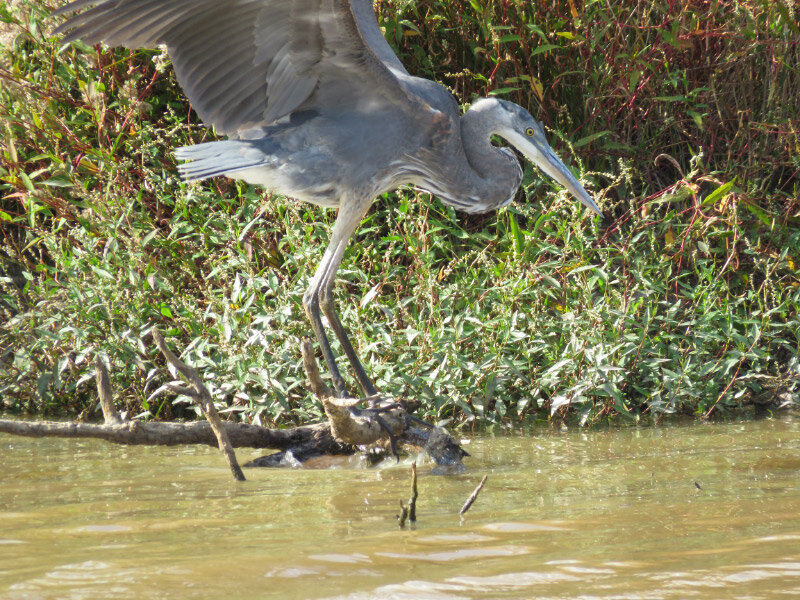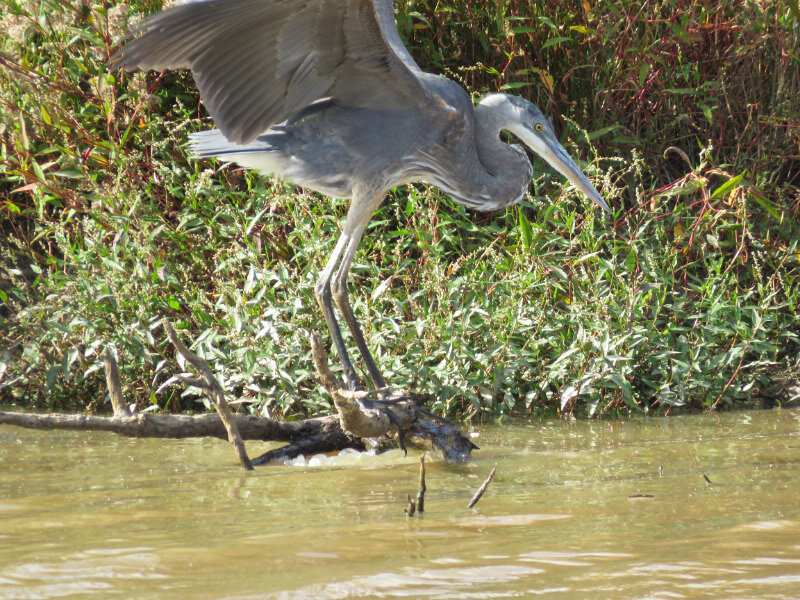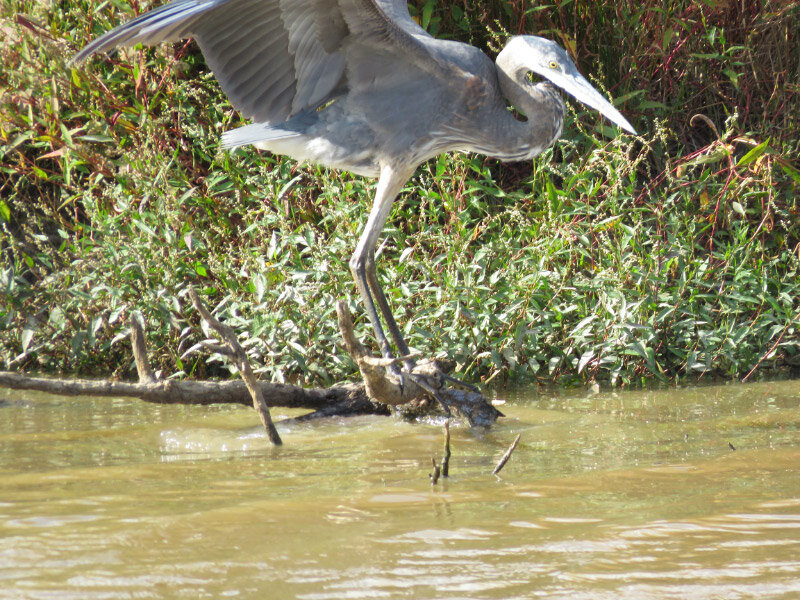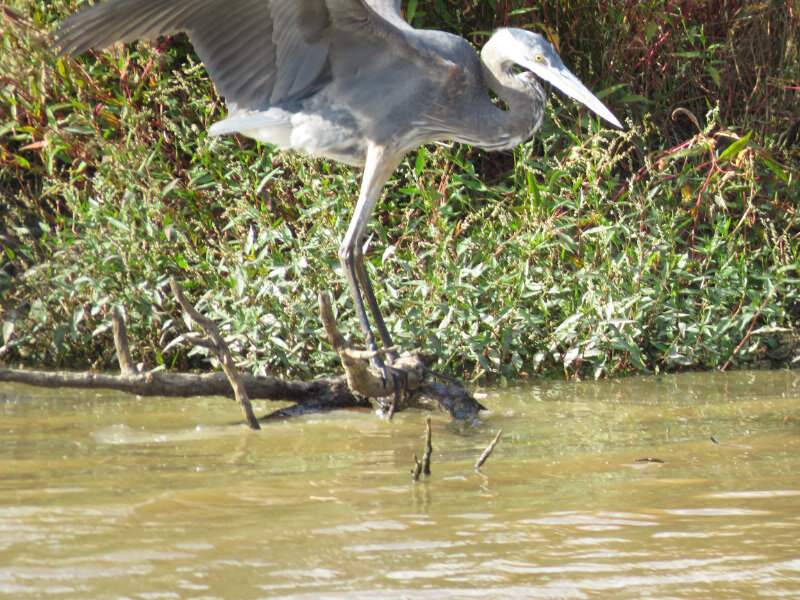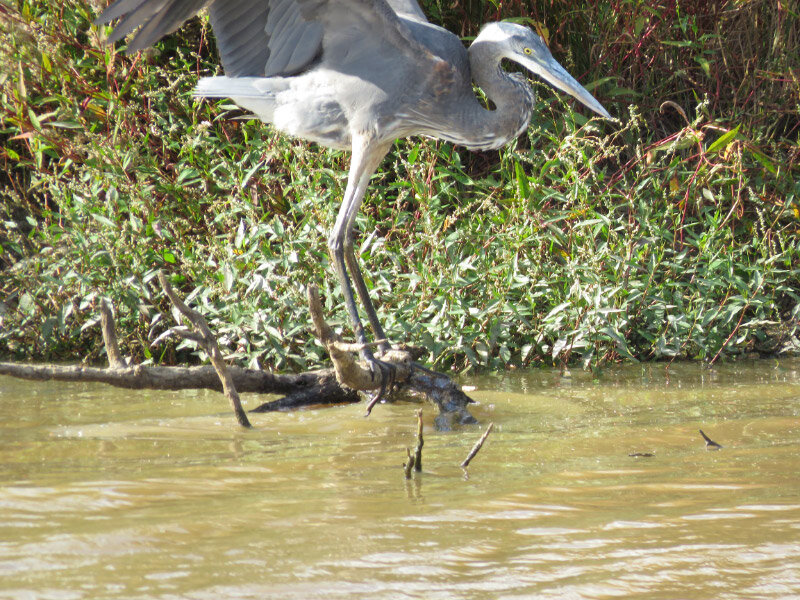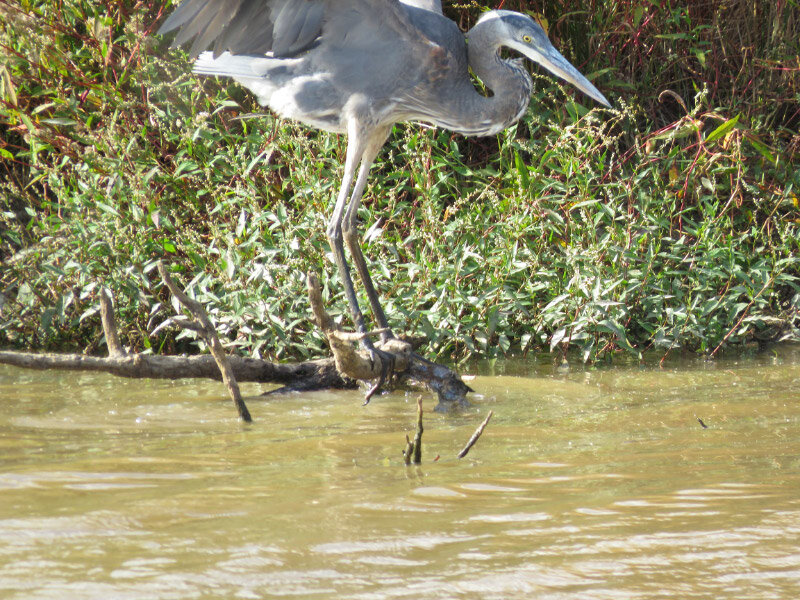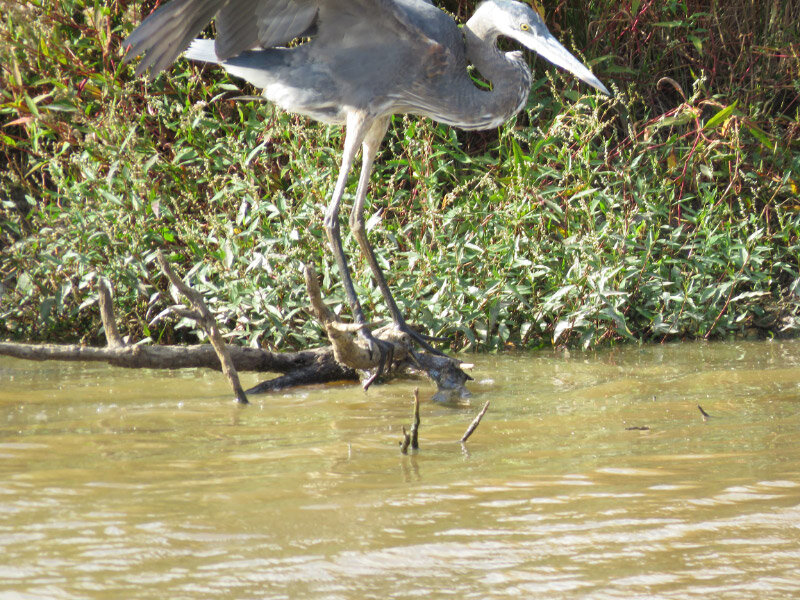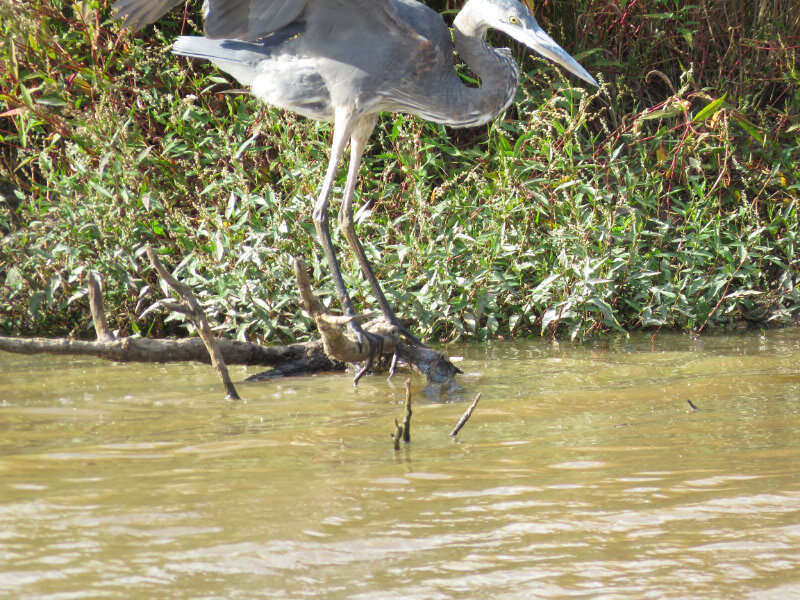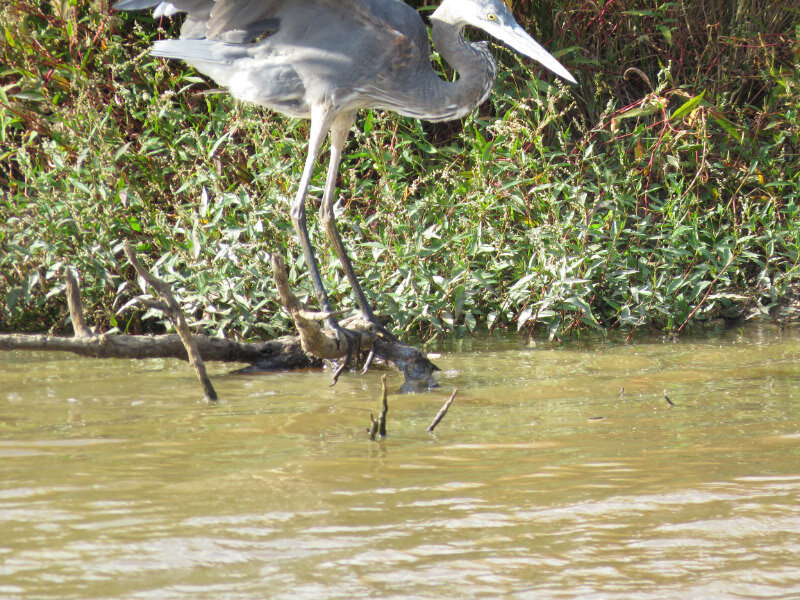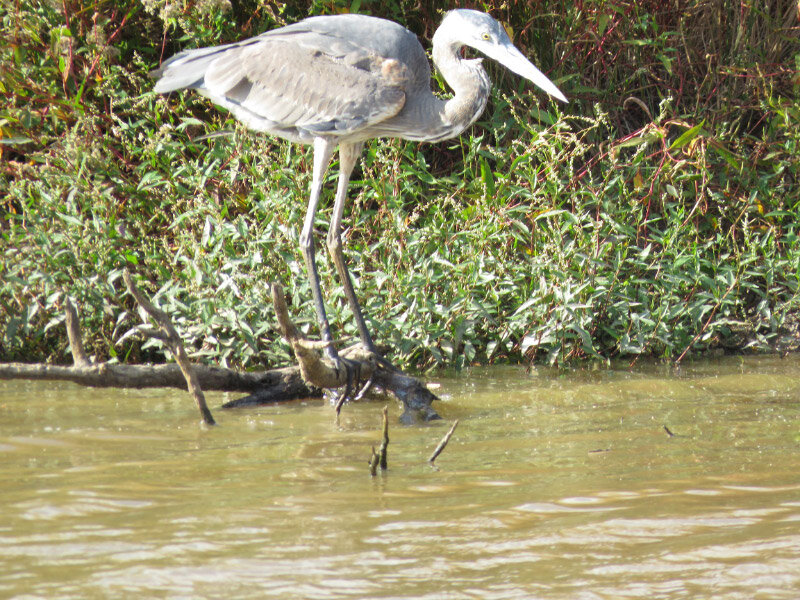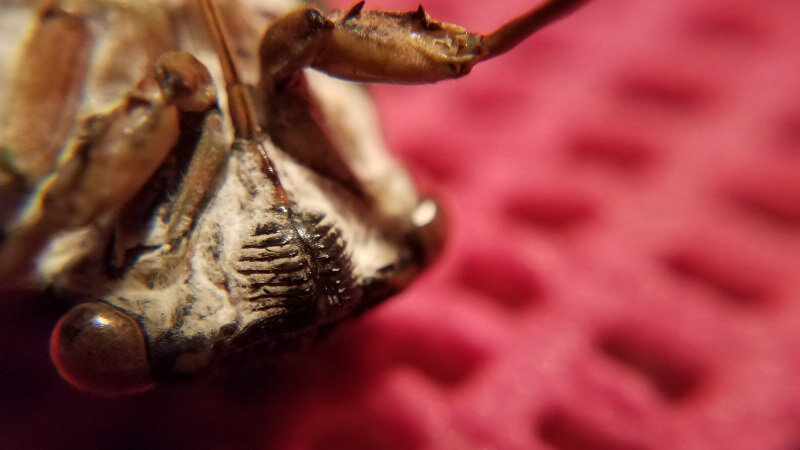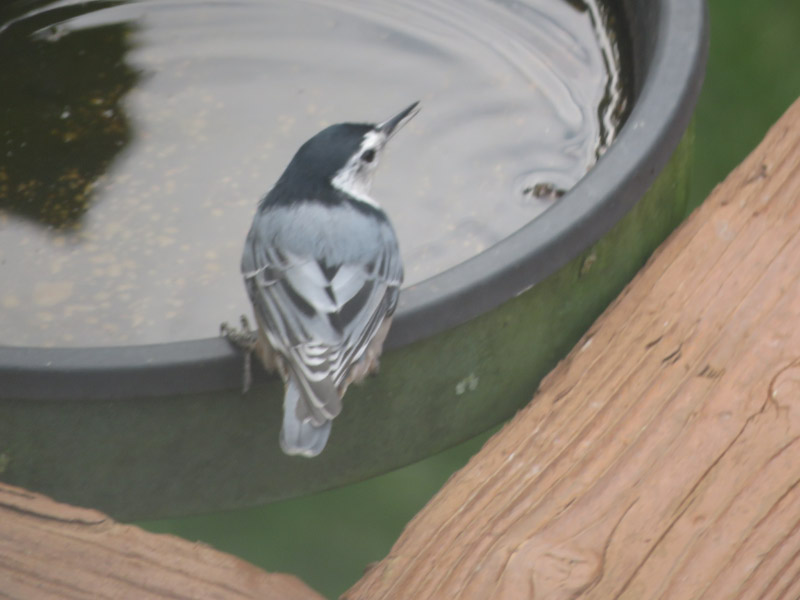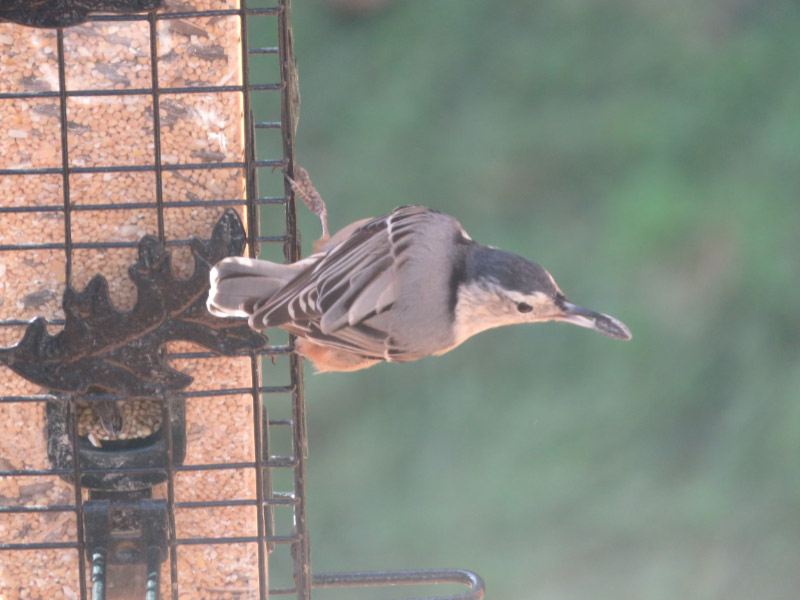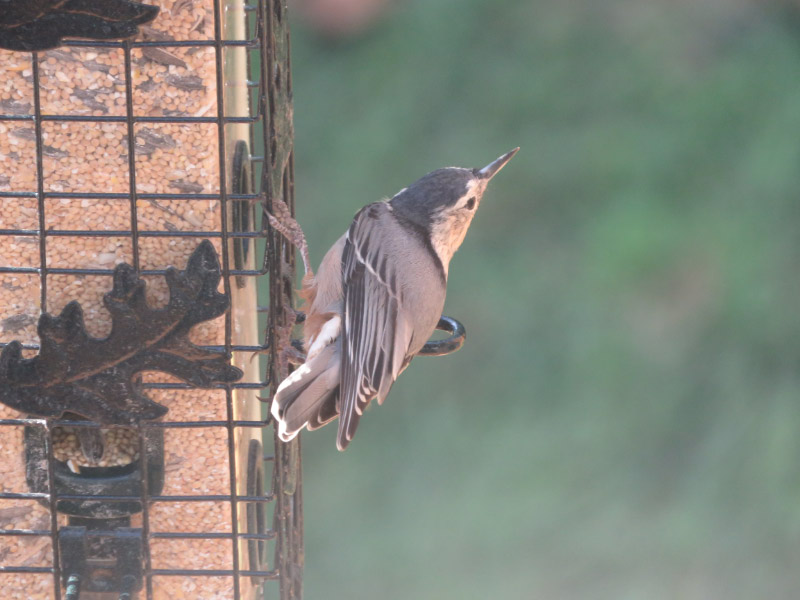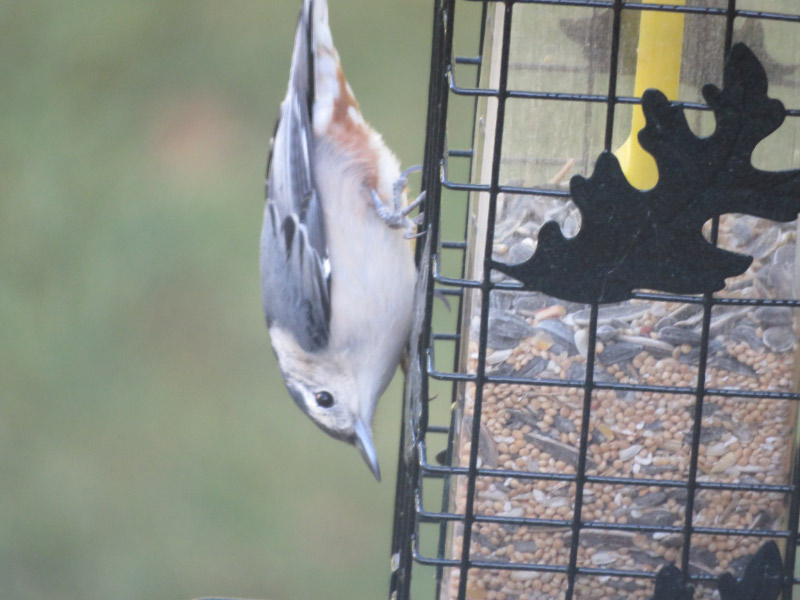Staunton River State Park – Chaos Star Party
/Continuing the posts about our trek to the Chaos Star Party at Staunton River State Park….
The Virginia LOVE theme cares to the state parks. Staunton River’s included the date the park was established…1936.
There were various signs for the star party in the areas of the park dedicated to it. The field was full of tents and campers and trailers. We were in our roomy tent with a screened area for my husband’s electronics and chair….with the telescope just a few steps away. Some people probably were staying in the cabins and coming to the field with their telescope at night. We preferred a place to sleep near the telescope…makes it easier to lay down once the clouds roll in or the dew gets too heavy for observing. My husband had two clear-sky nights and had some observational successes (I slept relatively well through it all).
Someone did an excellent job with a pumpkin near the cantina.
We managed a short hike. We’d been hearing a lot of birds, but they must have been migrating through – stopping for the night on the water. They’d flown off by the time we were up and about. We did see a juvenile Red-headed Woodpecker making a hole in a dead branch (hanging upside down). I didn’t know what it was until after I got home and could check references. It was the drabbest woodpecker I’d ever seen! It will eventually have the distinctive red head.
The woodpecker was in some trees that were around the cabins at the park. Most of them were oaks and the acorns were plentiful….lots of food for the woodpecker and squirrels. There were some other nests around too but we weren’t seeing many other birds.
The sweet gums were full of color – reds and yellows. And the seeds…prickly.
A Great Blue Heron was one of the few birds we saw on the water. It was at the limit of the zoom on my camera.
I turned around on the beach and caught some motion in the leaves. A spider moving over the sand and onto a leaf where it was not as well camouflaged.
On the way back we noted the solar system model that has been set up starting with the sun (yellow orb) close to the observing field and extending along the road.
The morning we were getting ready to leave there was a sun dog. What a great serendipity for our last morning at the park!


